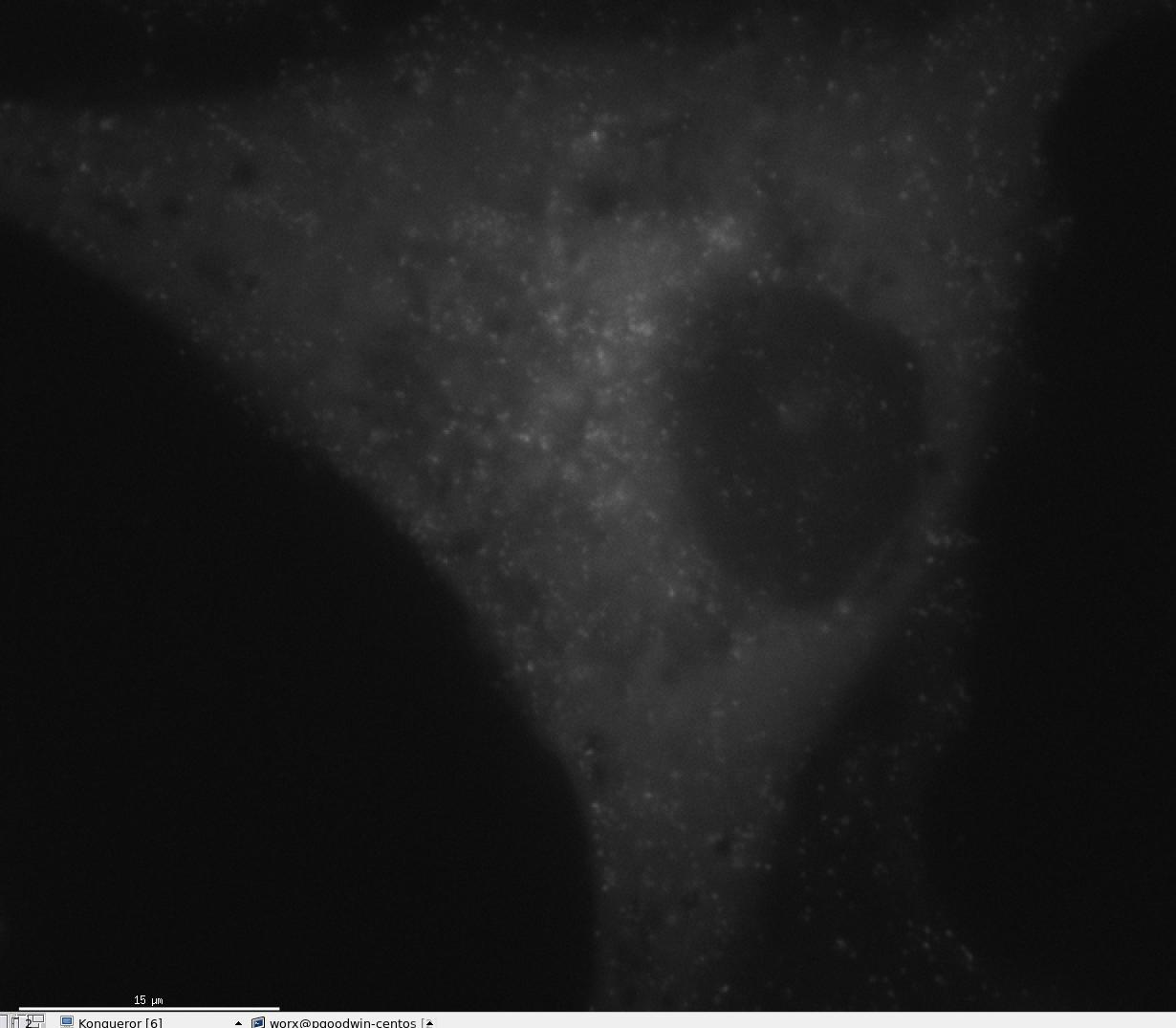

x264 is a library used for encoding video streams into the H.264/MPEG-4 AVC compression format. The -c:v libx264 specifies the codec to use to encode the video. Again, if we didn't define it, it would default to 25. r 30 is the framerate of the output video. Omitting the framerate will default to a framerate of 25. We use -framerate 1 to define how fast the pictures are read in, in this case, 1 picture per second. Options are always written before the file they refer to, so in our example, -framerate 1 -i are options used for the input image and -c:v libx264 -r 30 are options for the output file. You can specify the start image yourself with -start_number n, If we added -start_number 3 to the above command, the starting image would be happ圓.jpg. It will then increment that number by one and if the image exists, it will be added to the sequence. This will search for the image with the lowest digit and sets that as the starting image. The above command takes an input of images, -i happy%d.jpg. you can use ffmpeg format specifiers to indicate the images that FFmpeg should use: $ ffmpeg -framerate 1 -i happy%d.jpg -c:v libx264 -r 30 output.mp4 happy1.jpg, happy2.jpg, happ圓.jpg, happy4.jpg, etc. If you have a series of images that are sequentially named, e.g. There are several ways you can specify the input images and we'll look at examples of some of these.


To create a video from a sequence of images with FFmpeg, you need to specify the input images and output file. Create a slideshow video from a sequence of images If it gives you a version number, then you are good to go, otherwise, you should first head over to the ffmpeg website, download and install a copy for your particular OS. You can check if it's installed with the following command: $ ffmpeg -version Some operating systems, such as Ubuntu, install FFmpeg by default, so you might find you already have it on your computer. It has a wide range of use cases, some of which include creating videos from images, extracting images from a video, compressing videos, adding text to videos, adding/removing audio from a video, cut segments from a video, etc. Creating a video slideshow of images with FFmpegįFmpeg is an open source command line tool that can be used to process video, audio, and other multimedia files and streams. In addition, we'll also take a look at how you can add an audio track to the video as well as how to add transition effects to the image slides. This article will show you how to convert images into a video using two different tools: FFmpeg and the Shotstack API. You can even make the slideshow more engaging by adding text as well as other graphical effects. Slideshow videos offer a great way of taking individual photos and turning them into more meaningful and complete stories told via video.


 0 kommentar(er)
0 kommentar(er)
